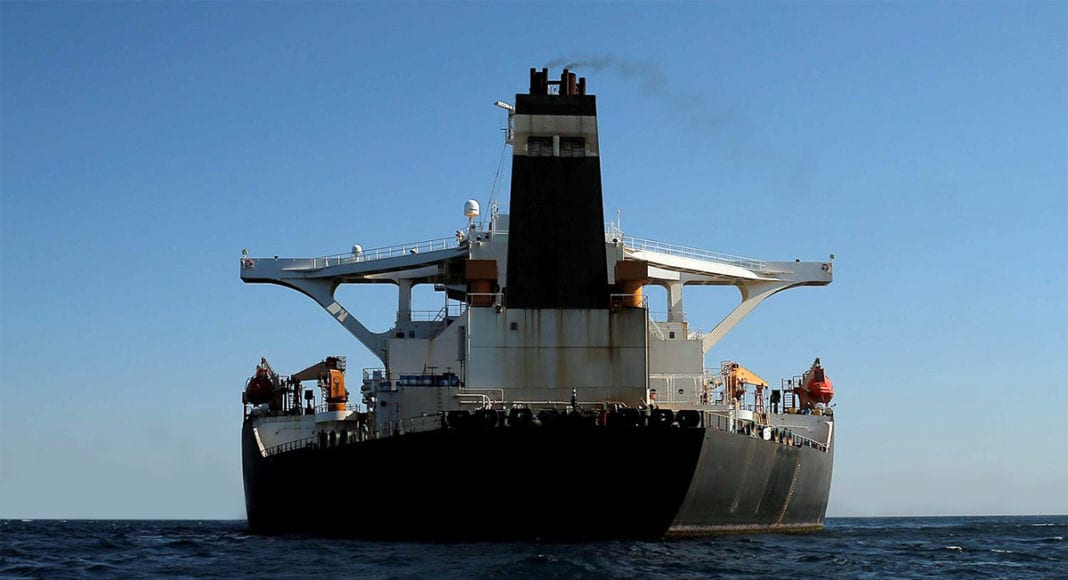(Reuters) – Global benchmark Brent crude jumped on Tuesday to $80 a barrel, its highest since November, as OPEC+ agreed to stick with its planned increase for February based on indications that the Omicron coronavirus variant would have only a mild impact on demand.
Brent futures settled up $1.02, or 1.3%, at $80 a barrel, almost back to the level they were at on Nov. 26 when reports of the new variant first appeared, sparking a more than 10% decline in prices on that day.
U.S. West Texas Intermediate (WTI) crude rose 91 cents, or 1.2%, to $76.99.
“The oil market is bullish today as a result of optimism sourced from today’s monthly OPEC+ meeting, which is helping oil prices trade higher,” said Rystad Energy’s head of oil markets, Bjornar Tonhaugen.
OPEC+, comprising of the Organization of the Petroleum Exporting Countries and allies, agreed to stick to its planned increase of 400,000 barrels per day (bpd) in oil output in February.
Its decision reflects easing concerns over a big surplus in the first quarter, as well as a wish to provide consistent guidance to the market.
Crude stockpiles in the United States, the world’s top consumer, were forecast to have dropped for a sixth consecutive week, analysts polled by Reuters estimated ahead of weekly industry data due at 4:30 p.m. EST (2130 GMT), followed by the government’s report on Wednesday.
The White House welcomed the decision by OPEC+ to continue increases in production which will help facilitate economic recovery, a spokesperson said.
“It appears that the market is making the bet that Omicron is the beginning of the end of COVID-19,” said Scott Shelton, an energy specialist at United ICAP.
In Britain, people being hospitalised with COVID-19 were generally showing less severe symptoms than previously.
While in France, the finance minister said some sectors were being disrupted by the surge of the fast-spreading Omicron variant, but there was no risk of it “paralysing” the economy and stuck to a forecast of 4% GDP growth in 2022.
Global manufacturing activity remained strong in December, suggesting Omicron’s impact on output had been subdued.
However, analysts warned OPEC+ may have to change tack if tension between the West and Russia over Ukraine flares up and hits fuel supplies, or if Iran’s nuclear talks with major powers make progress, which would lead to an end to oil sanctions on Tehran.
“We think these two events represent major wildcards that could quickly alter the price trajectory and test OPEC’s rapid response mechanism,” RBC analysts said in a note.
The U.S. State Department said talks with Iran have shown modest progress and that United States hopes to build on that this week.
Libyan output is likely to be about 500,000-600,000 bpd lower in the coming weeks, more than offseting the planned monthly increase in OPEC+ production, chief commodities economist at Capital Economics Caroline Bain said.
Libya’s state oil firm said on Saturday oil output would be reduced by 200,000 bpd for a week due to maintenance on a main pipeline, adding to disruptions two weeks ago after militia blocked operations at the Sharara and Wafa oilfields.
However, Bain said Capital Economics remained of the view that as OPEC+ continues to raise production in the coming months and demand growth normalises, oil prices will come under downward pressure. Capital Economics’ year end-2022 forecast for Brent crude is just $60 per barrel.



